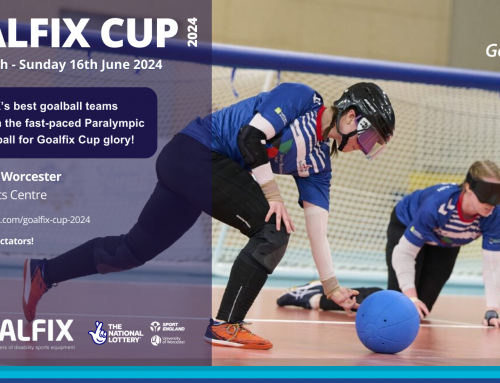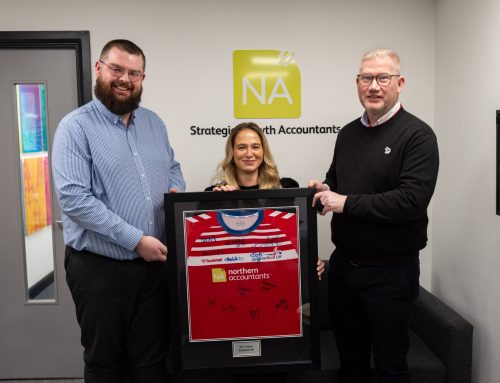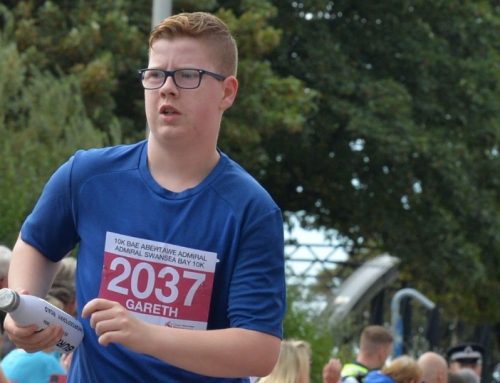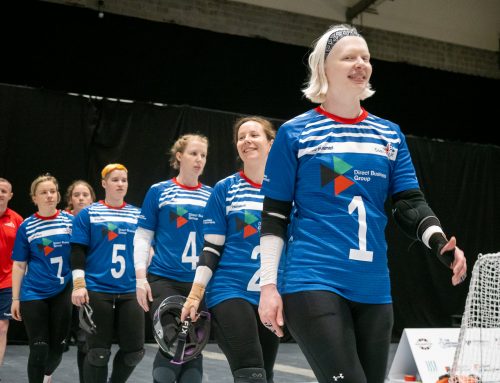Government told that extra funding for successful disability sport will transform lives and reduce reliance on welfare budgets.
Goalball UK, the governing body for a Paralympic Sport, has made a promise to the Government that a modest increase in their funding will be an investment that will transform the lives of blind and visually impaired people so that they become more economically independent and reduce the likelihood that they are dependent on welfare and disability allowances.
Supporting this claim is new research that reveals how the prospects for full-time education and employed are dramatically increased for those involved in Goalball – a unique team-based sport that develops skills and builds confidence.
The study was undertaken in response to a consultation process launched by the Department for Culture, Media and Sport. From today (Monday) Sports Minister, Tracey Crouch will review submissions from sports governing bodies and others to develop a new approach as to how the Government funds sport.
Goalball UK hope that Crouch will fulfil her promise to recognise that the value of sport lies not in participation alone.
Mike Reilly, Goalball UK’s CEO, said: “The evidence we have shared with government proves our assertion that Goalball transforms lives. The benefits are tangible – for the individuals, their families and communities and for the UK plc given the increased contribution they make through their employment and increased independence.
“This is not participation for participation’s sake but a solid economic strategy. For relatively little investment, our clubs act as a crucial training and support network for visually impaired people. For many of our players, playing Goalball has meant the difference between a life reliant on benefits and a career.”
As the Department for Culture, Media and Sport begins to examine responses to the initial strategy, Goalball’s governing body will press their claim that they can do so much more with relatively limited additional funding.
They point to current funding restraints which means only 1 per cent of visually impaired people have access to the facilities and training and can equip people with the skills and confidence to enter the workplace.
The research of the country’s elite clubs has highlighted a remarkable difference in education and employment between the general visually impaired population and those involved with Goalball, especially within the 16-25 age group. While the job prospects for people that are long-term disabled with an eyesight difficulty have worsened dramatically in the last five years*, visually impaired young people involved in Goalball are 47 per cent more likely to be in employment or full-time education.
Of those surveyed who are regularly involved in the sport, the figures show that those aged 16-25, 84 per cent are in full-time education or employment compared to 57 per cent for visually impaired people of the same age (and 78 per cent for the total population).
This is a stark contrast to findings from the RNIB, which revealed that visually impaired people aged 26-44 were twice as likely to be unemployed for a long period of time than compared to their peers of the same age (10.1 per cent compared to 5.1 per cent).
For those aged 16-25, the difference in national figures are even more pronounced. While 60 per cent of Goalball players were in full-time education, including two members of the GB squads who are undertaking PhD’s, nationally more than four in ten (42.8 per cent) of visually impaired young people were classified as NEETS (not in employment, education or training) – almost double the rate for 16-25 year olds in the general population.
Unlike many other sports, Goalball is also able demonstrate a strong legacy after the London 2012 Olympics. The number of clubs has almost doubled and elite players typically remain within the sport to coach and mentor at a grassroots level after they step down from international play.
On funding Mike Reilly said: “Our clubs and national squads are incredible when it comes to covering their costs to keep running, and we have an army of volunteers working behind the scenes. But if we had access to funding grants that cover health, education and welfare in addition to sport, we could reach beyond that 1 per cent and empower thousands of visually impaired people to fully participate in society and make their contribution to UK plc.”
Relevant data:
– The employment rate for long-term disabled with a seeing difficulty declined 3.9 per cent from September 2010-14 compared to a decline of 0.2 per cent for the total population – RNIB, Labour Force Study, February 2015.
– Overall, fewer people long term disabled with a seeing difficulty had a degree or above when compared to people without a disability:
– 18.8 per cent compared with 29.2 per cent
– People long term disabled with a seeing difficulty were twice as likely as people without a disability to have no qualifications:
– 16.3 per cent compared with 6.5 per cent
The data relative to Goalball players was an audit of regular players across established clubs (August 2015).






